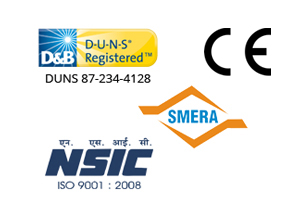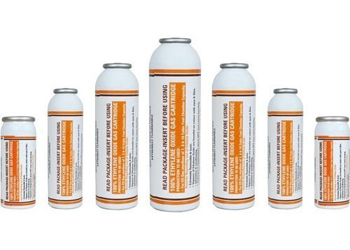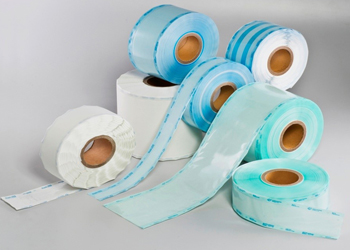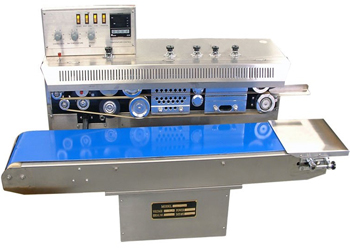Objective
This article aims to provide a comprehensive overview of ETO Sterilizer Standards & Compliance, focusing on internationally recognized guidelines, validation protocols, safety regulations, documentation practices and the assurance of sterility levels. The purpose is to guide professionals in healthcare, pharmaceutical and medical device industries in maintaining safe, effective and compliant ethylene oxide sterilization operations using sterilization equipment.
Introduction to ETO Sterilization and Regulatory Importance
Ethylene oxide sterilization is a widely used process for low-temperature sterilization of heat-sensitive medical devices and instruments. Its effectiveness against a broad spectrum of microorganisms makes it suitable for complex, moisture-sensitive products. However, due to the toxic and potentially carcinogenic nature of ethylene oxide (EO), regulatory oversight is strict. Standards and compliance measures are not only essential – they are mandatory.
Modern ETO sterilizer systems, must operate under stringent guidelines to ensure the process does not compromise patient safety, product integrity or environmental safety. Key regulatory bodies like the FDA and ISO have laid down specific frameworks to help facilities remain compliant.
ETO Sterilization Standards: ISO 11135 and FDA Guidelines
One of the foundational standards for ETO sterilization is ISO 11135, which specifies requirements for the development, validation and routine control of a sterilization process for medical devices using ethylene oxide.
Key elements of ISO 11135 include:
- Process definition and reproducibility
- Equipment qualification
- Load configuration
- Monitoring systems
- Safety parameters
The FDA also regulates ethylene oxide sterilizers under 21 CFR Part 820 (Quality System Regulation), with additional guidance on premarket submissions. FDA’s involvement may include reviewing the sterilization validation data during premarket approval of Class II and III medical devices.
Compliance with ISO 11135 and FDA guidance helps ensure a validated, repeatable and safe process. Facilities using ETO sterilization machines must document each cycle’s performance data, control parameters and any deviations. Whether utilizing a compact ETO machine or a large-scale ethylene oxide sterilizer, aligning operations with these standards is essential.
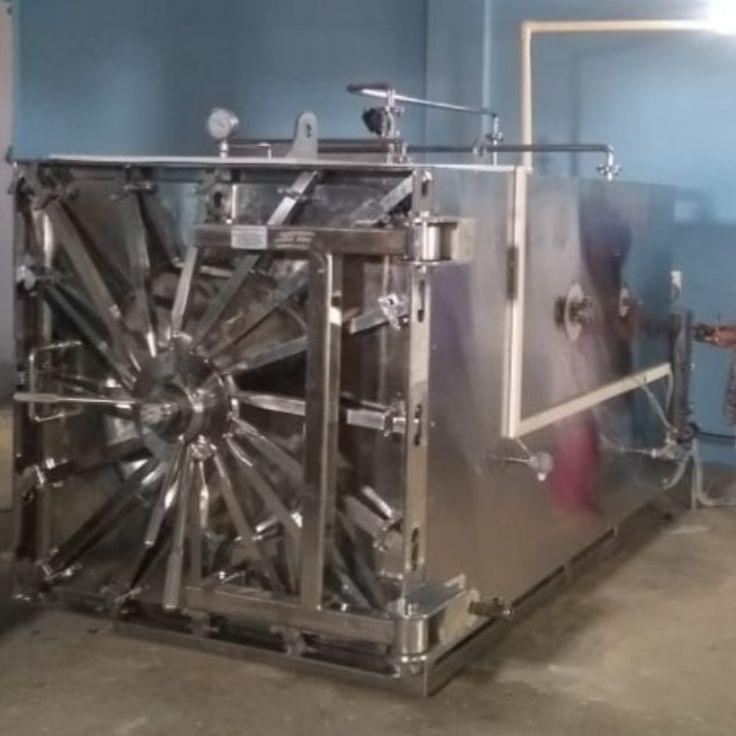
ETO Sterilization Processes: Validation and Qualification
Validation is the cornerstone of process compliance. It verifies that the sterilization cycle achieves the required Sterility Assurance Level (SAL), meaning there’s less than a one in a million chance of a viable microorganism surviving.
The validation process consists of three main phases:
- Installation Qualification (IQ): Ensures that the ETO sterilizer is correctly installed per manufacturer specs.
- Operational Qualification (OQ): Confirms that the sterilizer performs consistently under set parameters.
- Performance Qualification (PQ): Verifies that the sterilization process is effective across actual load configurations.
It is crucial for operators of ETO sterilization machine to periodically revalidate the process – especially when making changes to equipment, product packaging or load configurations. Use of biological indicators and chemical indicators during PQ supports quantitative and qualitative analysis.
Validation may also include testing worst-case scenarios, ensuring the ETO sterilizer process remains effective under suboptimal conditions. This ensures reproducibility and enhances compliance with ISO and FDA expectations.
Testimonial
“Good machine and service.”
EO Sterilization: Environmental and Safety Regulations for Usage
Due to its hazardous nature, ethylene oxide is subject to tight environmental and occupational safety controls. ETO can cause irritation, central nervous system effects and long-term exposure risks, which may include carcinogenic outcomes. As such, compliance with safety regulations is non-negotiable.
Facilities must adhere to:
- OSHA’s Permissible Exposure Limit (PEL): Currently set at 1 ppm averaged over 8 hours.
- EPA regulations under the Clean Air Act: Requires air permits and may demand emissions control systems.
- Local hazardous waste management rules: Involving ETO capture, scrubbing and destruction systems.
ETO emissions from sterilizers must be monitored and controlled through engineered controls such as catalytic oxidizers, aeration chambers and emission abatement systems. Proper training, PPE usage and routine safety audits are mandatory for technicians operating any ETO sterilizer system, including compact EO sterilizers.
Documentation and Record-Keeping in ETO Sterilization Facilities
Documentation is vital for ensuring traceability, reproducibility and audit-readiness. Each sterilization batch must have its own documented record including:
- Sterilizer cycle parameters
- Product and load description
- Biological and chemical indicator results
- Deviation logs and corrective actions
- Equipment calibration certificates
- Employee training records
Modern sterilization equipment, including fully automated ETO sterilization machines, often integrates with software for digital record-keeping. Digital logs support real-time monitoring and streamline regulatory compliance. Failure to maintain documentation can result in non-compliance citations or regulatory shutdowns. Accurate records also support corrective and preventive action (CAPA) systems and root-cause analysis when process deviations occur.
ETO Sterilizer Machines: Ensure Sterility Assurance Level (SAL) Compliance
Achieving and maintaining an SAL is a key requirement in ETO sterilization. The SAL reflects the probability of a single viable microorganism surviving the sterilization process.
To meet SAL requirements, several factors must be controlled:
- Precise control of ETO concentration, humidity, temperature and exposure time
- Validation of sterilization cycles using biological indicators (BIs) placed in the most challenging locations
- Monitoring for gas penetration and distribution within the sterilizer chamber
- Ensuring packaging materials are compatible and permeable to ETO gas
A well-maintained ETO sterilizer – whether a hospital sterilizer or an industrial ethylene oxide machine – should be capable of uniform ETO distribution to maintain sterility in each product unit. Regular requalification and recalibration help ensure that equipment performance does not drift over time.
A well-documented SAL compliance strategy gives confidence that products are safe for patient use, meeting both regulatory requirements and internal quality assurance standards.
Conclusion
Complying with ETO sterilizer standards is critical for maintaining the safety, reliability and effectiveness of sterilized medical devices. By aligning with ISO 11135, adhering to FDA guidelines, validating sterilization processes, ensuring environmental safety, maintaining thorough documentation and consistently achieving SAL, facilities can meet regulatory expectations while preserving product integrity.
Properly maintained ethylene oxide sterilizers – whether used in hospitals or industrial settings – are instrumental in sterile device manufacturing. Operators must stay vigilant, educated and ready to adapt as regulations evolve, ensuring that the ETO sterilization process remains safe, compliant and effective for years to come.

